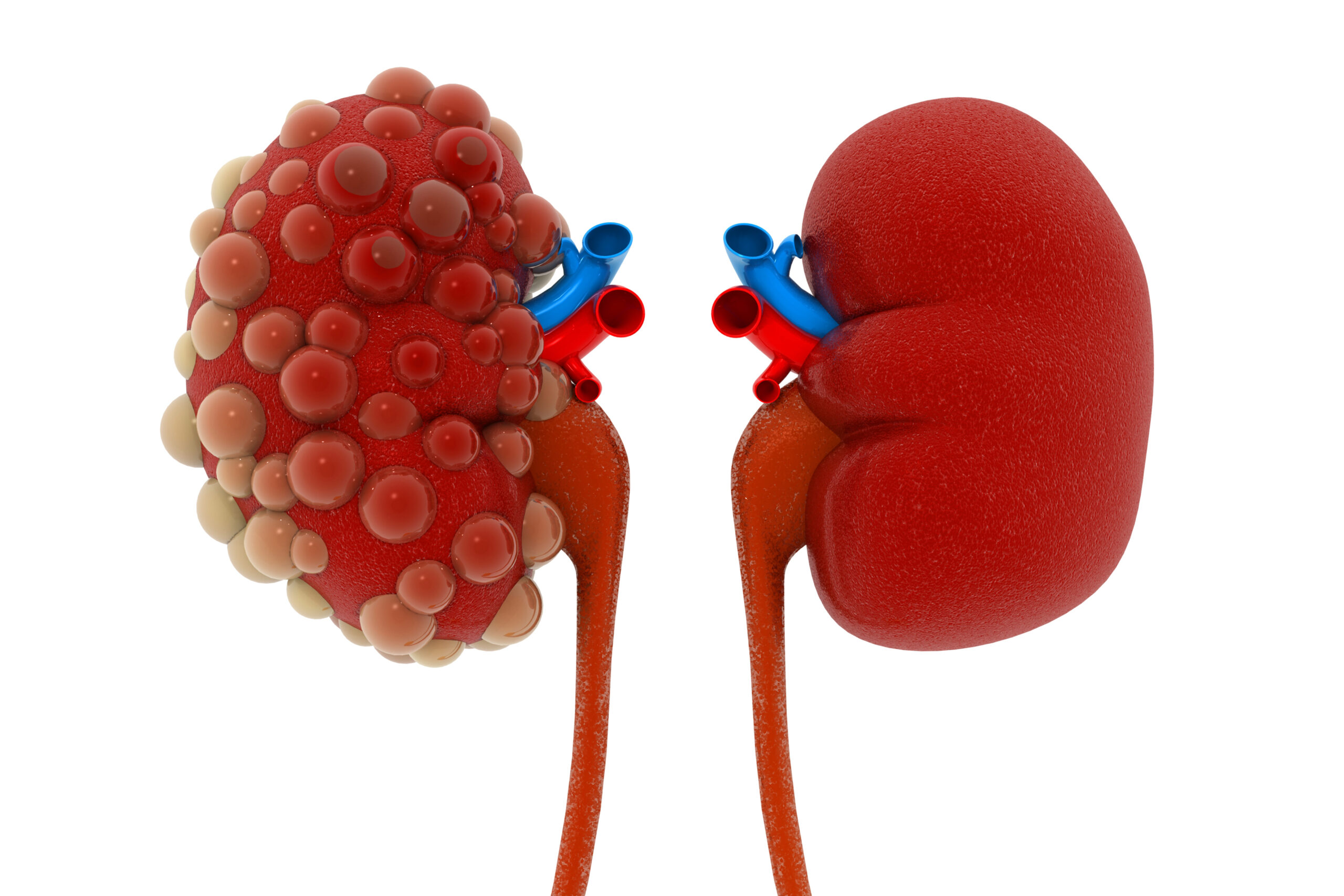Dr. Çağrı Canbolat, MD. Neurosurgeon at Liv Hospital answered the following questions, “With what symptoms does brain hemorrhage manifest?”, “Can risk factors be eliminated?”
 What is a brain hemorrhage and what are its symptoms?
What is a brain hemorrhage and what are its symptoms?
The brain is the control center of our body and governs all aspects of life. However, this complex organ can become sensitive and easily damaged in some cases. Brain hemorrhages are one of the most serious examples of sensitivities. Brain hemorrhages are the unexpected filling of brain tissue or surrounding spaces with blood. This condition is usually sudden and severe. It manifests itself with symptoms such as headache, dizziness, nausea, imbalance, slurred speech, numbness, vision problems, weakness and loss of consciousness. Many people think that brain hemorrhages occur suddenly and without warning. However, in reality the situation is much more complex.
Brain hemorrhage develops as a result of a specific cause or triggering factor. For example; A person who has had a head or neck trauma may not show any obvious symptoms at first admission. However, there may be a hidden injury that causes a blood vessel in the brain to rupture, resulting in cerebral hemorrhage. Therefore, careful observation and follow-up after trauma is very important.
“High blood pressure can cause brain hemorrhage”
Certain health problems, such as high blood pressure, can also increase the risk of cerebral hemorrhage. Over time, high blood pressure can weaken the vessels of the brain, resulting in an increased risk of bleeding.
Are there any asymptomatic risk factors?
One of the risk factors is enlargement or ballooning of blood vessels in the brain, known as an aneurysm. Aneurysm usually does not cause symptoms, but it can weaken over time and cause brain hemorrhage.
What should be done in case of brain hemorrhage and what precautions should be taken?
Immediate medical attention should be sought when signs of cerebral haemorrhage occur. Quick and effective treatment can prevent further brain damage and speed up the healing process. Prevention of brain hemorrhages is usually possible with a healthy lifestyle, regular medical control and management of risk factors. It is especially important to keep conditions such as high blood pressure, high cholesterol and diabetes under control.
“Post-traumatic follow-up and timely intervention are very important”
As a result, brain hemorrhages can develop later, sometimes without any prior symptoms. In particular, people who have suffered head or neck trauma may be at risk for a brain hemorrhage, even if there are no obvious symptoms. For this reason, careful monitoring and timely medical intervention, if necessary, are of great importance after all types of trauma.



